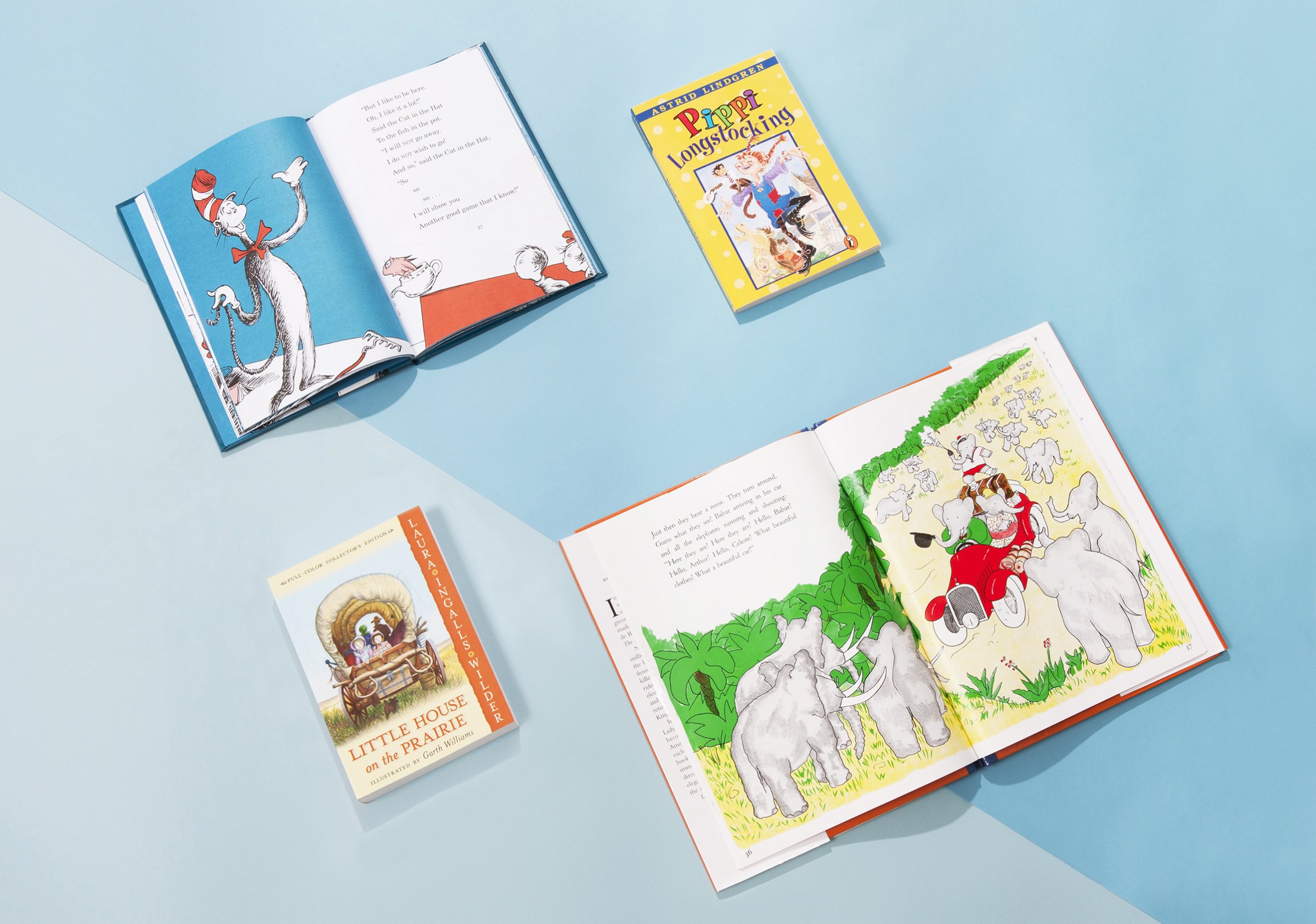
Revisiting a favorite children’s book packs a powerful emotional punch. For many mothers and fathers, sharing the books their parents read to them with their own kids, decades later, is one of the highlights of the early years. But oftentimes stories and illustrations that seemed benign in one era become problematic as social mores change.
In his new book, Was the Cat in the Hat Black? The Hidden Racism of Children’s Literature, and the Need for Diverse Books, Philip Nel studies the paradox of stories that are meant to nurture but can also do harm. An English professor at Kansas State University, Nel has probed racism in kids’ books in his classes and in previous books, and he uses this volume to highlight how dozens of beloved picture and chapter books leave negative messages in children’s minds. “No one wants to admit to enjoying something or liking something that perpetuates racial stereotypes. But we do, because a book can be beautiful and racist, a book can be a classic and racist, a book can be really pleasurable and also really racist.” For instance, one of Nel’s personal favorites, Charlie and the Chocolate Factory, has a big problem in the Oompa Loompas. The characters, which were depicted in early editions as African pygmies, are portrayed as happy slaves, content to leave their native land behind and toil in a factory. Especially for children who are descendants of slaves, such messages can have a pernicious effect on how they interpret their value in the world.
So should parents abstain from reading offensive classics to their children? “I would respect the parent who made that choice,” Nel says. But on the other hand, “There’s also a reason to read them with children, because racism exists in the world. Children are going to encounter it, and a safer way to learn how to encounter it is via fiction. If you’re reading a racist children’s book with a child, you can help them read it critically, you can help them learn that it’s okay to be angry at a book.”
More Must-Reads from TIME
- Cybersecurity Experts Are Sounding the Alarm on DOGE
- Meet the 2025 Women of the Year
- The Harsh Truth About Disability Inclusion
- Why Do More Young Adults Have Cancer?
- Colman Domingo Leads With Radical Love
- How to Get Better at Doing Things Alone
- Michelle Zauner Stares Down the Darkness
Contact us at letters@time.com